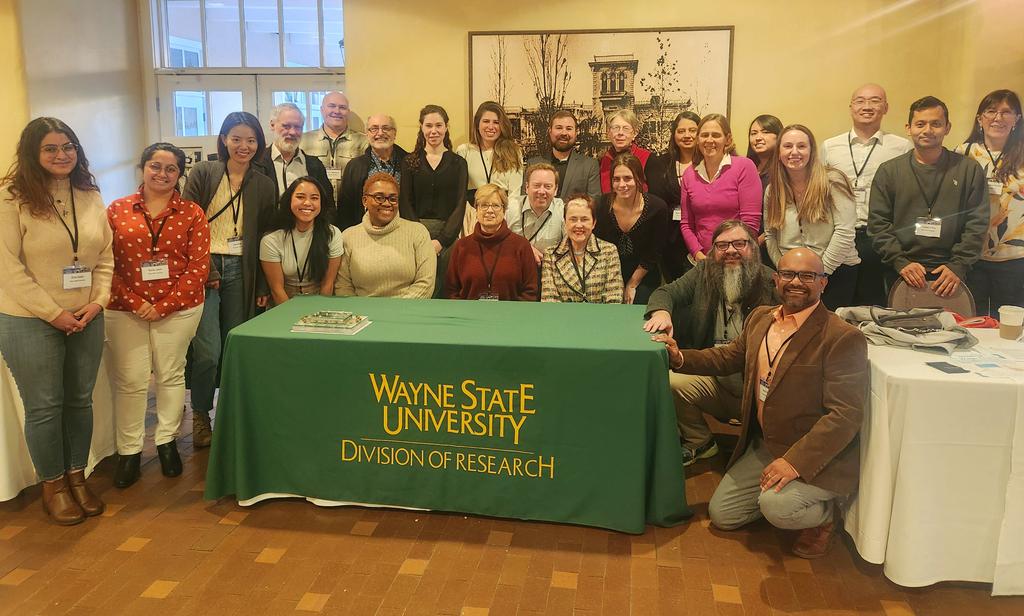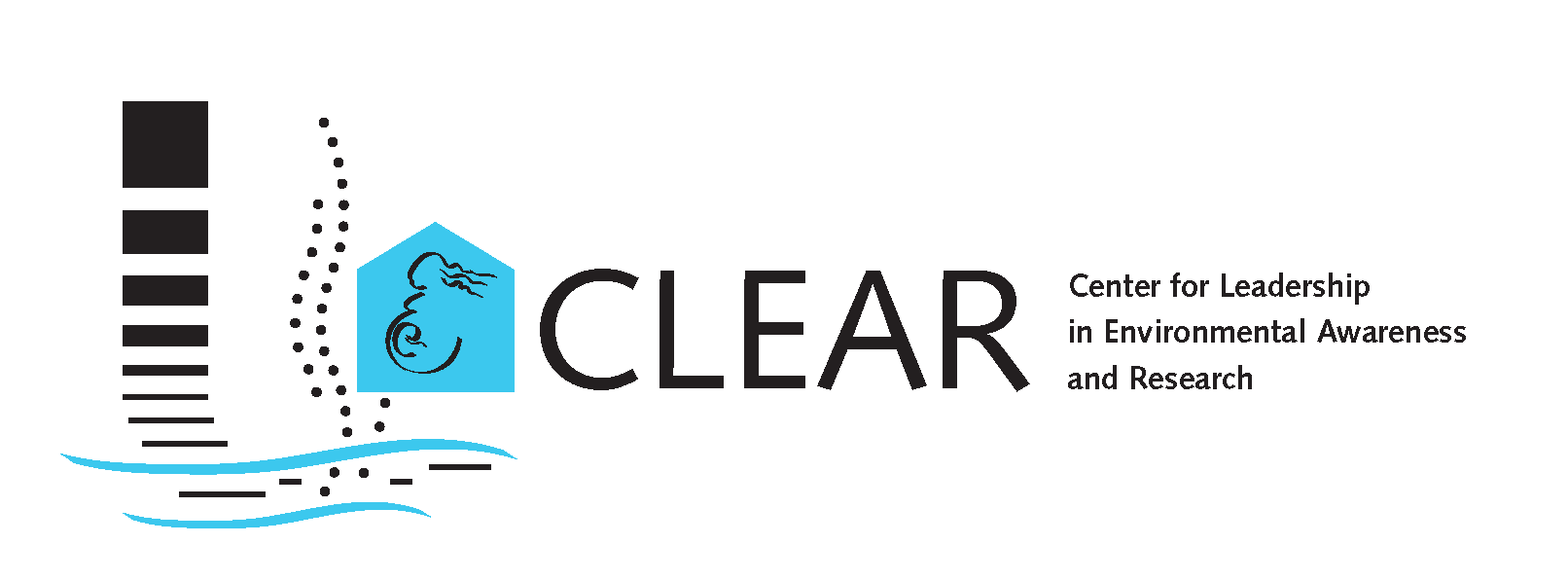About the Center for Leadership in Environmental Awareness
The CLEAR center is a new National Institute of Environmental Health Sciences of the National Institutes of Health Superfund Research Program center. The center is dedicated to understanding and mitigating adverse birth outcomes and serious developmental health problems that have been associated with urban environmental exposure to volatile organic chemicals (VOCs), a special class of pollutants found in the subsurface of post-industrial cities like Detroit. VOCs emanate from landfills, brown fields, and Superfund sites, contaminating shallow soils and groundwater below residential, commercial, and industrial properties, leading to exposures via vapor intrusion. CLEAR is funded by NIEHS with award number P42ES030991.
Headquartered in Detroit, Michigan, CLEAR will use Detroit as a study site, which has the highest preterm birth rate in the country (15.2%) and is located in a state where 37 of the 67 Superfund sites must manage VOC contamination. Urban legacy and emerging environmental contaminants are implicated as etiologic factors in adverse reproductive health effects. CLEAR hypothesizes that VOC exposure through vapor intrusion during early life incites inflammatory responses in maternal tissues and/or the developing offspring that re-program the developing immune and other critical systems, setting the stage for PTB and/or associated adverse health outcomes.

December 2023
The CLEAR Approach to Studying VOCs
CLEAR is composed of five integrative research projects, including two from environmental science and engineering (Project 1 and 2) and three from biomedical science (Project 3, 4, and 5). Supported by five cores, the CLEAR Projects investigate toxic mechanisms, exposure pathways, biomarkers, and strategies to prevent exposures and improve public health outcomes.
Projects
- Project 1 – Includes phytoscreening applications for detection of subsurface VOC “hot spots.”
- Project 2 – Uses sensor technology that integrates Internet of Things and edge computing for real-time contaminant detection and rapid-response mitigation and remediation.
- Project 3 – Conducts controlled toxicity bioassays for evaluating reproductive, neurological, behavioral, immunological and multigenerational responses in zebrafish.
- Project 4 – Investigates the mechanistic effects of VOC exposure in a pregnant mouse model.
- Project 5 – Is an epidemiology study in an at-risk human population.
Cores
- Adminstrative Core (AC)
- Community Engagement Core (CEC)
- Research Experience & Training Coordination Core (RETCC)
- Chemical Analysis Core (CAC)
- Data Management & Analysis Core (DMAC)
Integration and Innovation
CLEAR creates an innovative model for transdisciplinary education and workforce diversity through the interaction between Projects and Cores. Examples of this approach include:
- Engaging new trainees to solve complex environmental health problems;
- Engaging stakeholders and the community to inform our inquiry/analysis, participate in sampling, and employ health interventions;
- Using advanced chemical analysis technologies, statistical approaches and data visualization tools to assess and integrate project data to establish the framework for understanding the impact of VOC exposures on human health;
- Completing targeted research translation in support of the Superfund Research Program to improve public health in urban centers impacted by environmental contamination.
